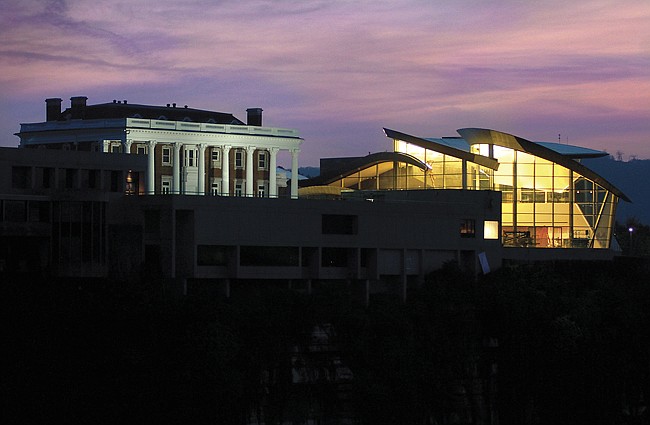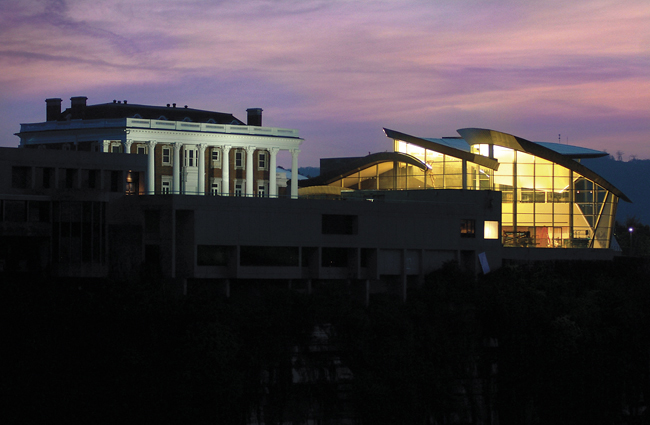The collapse of the stock market in 1929 and the Great Depression that ensued resulted in 45 million Americans living in abject poverty by 1934. Roy Stryker of the U.S. Department of Agriculture launched a project in the 1930s that employed artists to document, through photographs, the appalling economic conditions of the rural poor living in small towns, farms and resettlement camps.
The work of Dorothea Lange and other photographers participating in Stryker's project helped demonstrate the need for federal assistance for the rural poor.
Lange, one of the seminal figures in this project who captured the iconic image "Migrant Mother, Nipomo, California" in 1936, is featured in an exhibition at the Hunter Museum of American Art through April 22. Accompanying her 30 pictures are 25 photographs by others who chronicled the poverty of the 1930s and 1940s. These include Walker Evans, Mike Disfarmer, Doris Ulmann, Arthur Rothstein, Ben Shahn, John Vachon, Marion Post Wolcott, Russell Lee, Lewis Hine, Wright Morris, Willard Van Dyke and Arnold Eagle.
Lange, born in 1895 in Hoboken, N.J., contracted polio as a child and struggled with a limp for the rest of her life. She began her career as a photographer by working as an assistant to Arnold Genthe, photographer to members of high society and the professional class in New York. About five years later, Lange moved to San Francisco and established her own photography studio. For the next decade, her clients were primarily the wealthy and socially prominent.
One day in 1933, Lange was so moved by the people who were standing in the White Angel Breadline near her studio that she began taking pictures of them. The breadline was funded by a wealthy San Francisco matron who was referred to as "White Angel." Lange was so touched by the plight of the poor that she focused her camera -- and her career -- on documenting their lives.
In 1936, she discovered a family living in a tent in Nipomo, Calif. With each photograph of them, she moved in closer. The final of the five images she took depicted a 32-year-old mother with two children -- the desperation on her face a result of having sold the tires from their car to buy food.
This image, "Migrant Mother, Nipomo, California," epitomized the Great Depression and was reproduced in numerous publications. It was essential in helping the Farm Security Administration to secure financial relief for the poor.
Lange did not limit her investigation into people and their conditions to the United States. After World War II, she traveled to Egypt and the Far East.
With each photograph she took throughout her career, Lange's desire was to convey a specific emotion -- whether it be through a gesture, facial expression or her surroundings.
Hunter Museum, 10 Bluff View, is open 10 a.m.-5 p.m. Monday, Tuesday, Friday and Saturday; noon-5 p.m. Wednesday and Sunday; and 10 a.m.-8 p.m. Thursday. Admission is $9.95 adults and $4.95 children ages 3-17. Call 267-0968 for more information.
Email Ann Nichols at annsnichols@aol.com.

